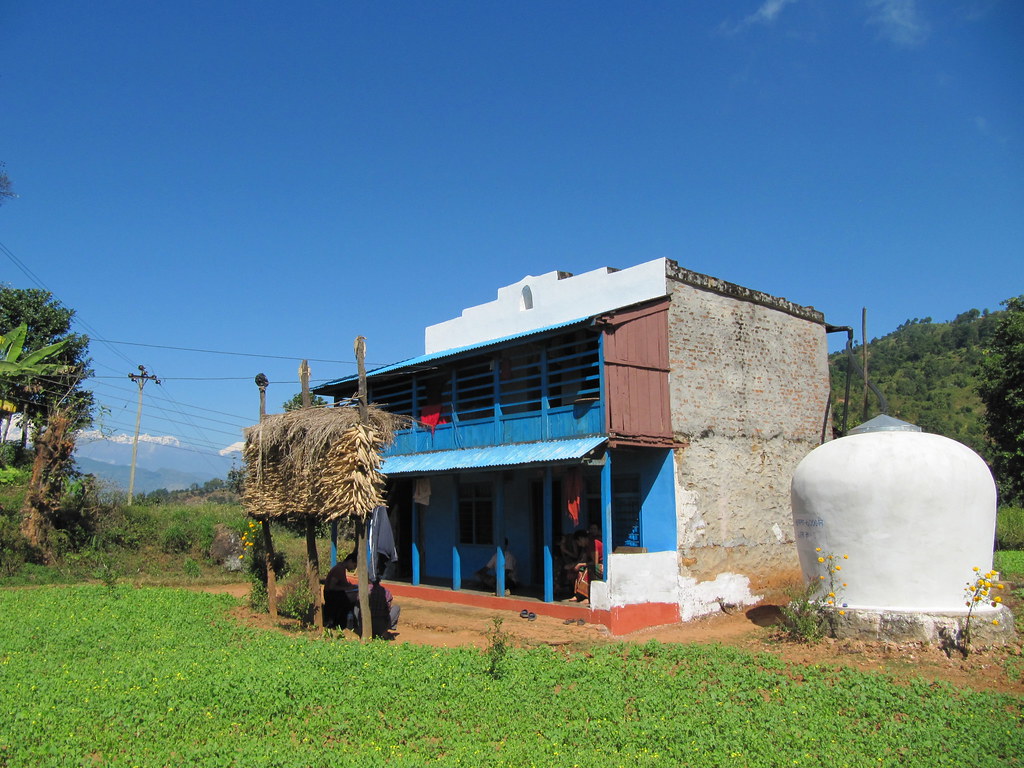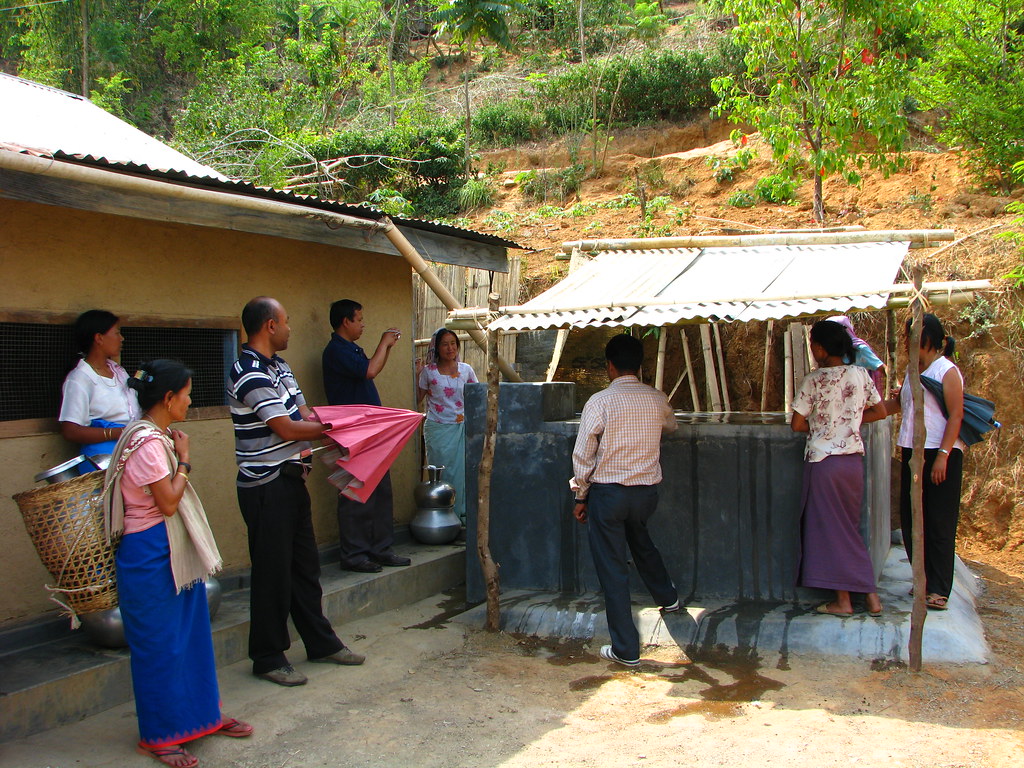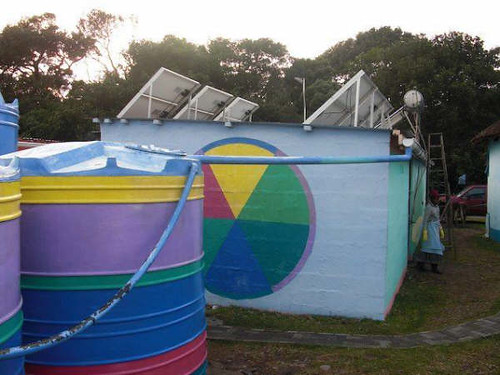Rainwater harvesting systems offer an innovative solution to water scarcity, tapping into nature's supply to meet our needs. But did you know that this ancient practice can reduce your water bill by up to 50%? Discover how harnessing the power of rain can not only benefit your wallet but also contribute to a sustainable future. Join us as we explore the ins and outs of rainwater harvesting, a technique that's making a comeback in the modern world.

Rainwater harvesting is a method of collecting and storing rainwater for future use. This ancient practice has gained popularity in modern times as a sustainable way to conserve water. Essentially, rainwater is captured from surfaces on which it falls, collected, and then stored for various uses, including irrigation, watering plants, flushing toilets, and, with proper treatment, for drinking and other household uses. The process reduces dependence on municipal water supplies, mitigates the impact of runoff on urban drainage systems, and can contribute significantly to water conservation efforts.
A typical rainwater harvesting system comprises several key components that work together to collect, store, and use rainwater efficiently. The most critical parts include the catchment area, usually a roof, which is the first point of contact for rainwater. Gutters and downspouts are then used to channel the water from the roof to a storage facility, like a tank or barrel. Filters are essential in removing debris and contaminants before the water enters the storage system. Lastly, a delivery system, which may include pumps and pipes, is used to distribute the stored water for various uses around the home or property. Together, these components form a cohesive system that can significantly reduce water usage and utility costs.
| Aspect | Description |
|---|---|
| Function | Collect and store rainwater for later use |
| Benefits | Reduces dependence on municipal water, lowers bills, reduces stormwater runoff, conserves water in drought-prone areas, contributes to sustainable living |
| Usage | Irrigation, flushing toilets, laundry |
| System Complexity | Range from simple barrels to complex setups with pumps and filtration |
| Regulations | Subject to local regulations and codes |
| Maintenance | Necessary for water quality and system longevity |
| Integration | Can be integrated into both new and existing buildings |

Implementing rainwater harvesting at home comes with a myriad of benefits that extend beyond merely saving on water bills. Firstly, it significantly contributes to reducing the demand on municipal water supplies, thereby conserving precious freshwater resources. This is particularly crucial in areas prone to droughts where water conservation is imperative. Secondly, rainwater is free from many chemicals found in ground water, making it excellent for landscaping, gardening, and certain household uses requiring non-potable water.
Moreover, rainwater harvesting systems can help in reducing stormwater runoff from properties. This runoff can carry pollutants into local water bodies, negatively affecting water quality and aquatic life. By capturing rainwater, the amount of runoff and its resultant pollution can be substantially reduced. Additionally, rainwater harvesting promotes self-sufficiency and reduces the carbon footprint associated with pumping and treating water, contributing to a more sustainable and environmentally friendly household. Finally, the implementation of such systems can increase property value, offering an attractive feature to eco-conscious buyers.

Implementing rainwater harvesting systems is an essential step towards sustainable living, as it not only conserves water but can also play a significant role in mitigating common household issues like moisture in basements. Excess water from rain can seep into basements, causing dampness and potential damage. However, by capturing and redirecting rainwater, homeowners can significantly reduce the risk of such moisture-related problems. For more comprehensive insights on managing and resolving moisture issues in your basement, visit our detailed guide on moisture in basement.
For comprehensive insights on rainwater harvesting systems, including their benefits, installation guidelines, and maintenance best practices, visit the United States Environmental Protection Agency's page at https://www.epa.gov/.
Setting up a rainwater harvesting system at home can be a straightforward and rewarding process. By following these steps, you can ensure a successful installation and enjoy the benefits of harvesting rainwater for years to come. First, assess your water needs and the potential catchment area. This will help you determine the size of the tank and the type of filtration system required. Next, choose a suitable location for your rainwater tank, considering factors such as proximity to downspouts and the area's topography. Then, install gutters and downspouts if they are not already in place, ensuring they are directed towards your tank. The fourth step involves setting up a filtration system to remove debris before the water enters the tank. After the filtration system, install the tank, making sure it is securely placed and connected to the downspouts. Finally, set up an overflow system and connect the tank to your home's water supply, if desired, for indoor use. Regular maintenance, including cleaning the gutters, inspecting the tank, and checking the filtration system, is crucial for the system's longevity and efficiency. By following these steps, you can create a sustainable source of water for your home, contributing positively to the environment and potentially reducing your water bills.